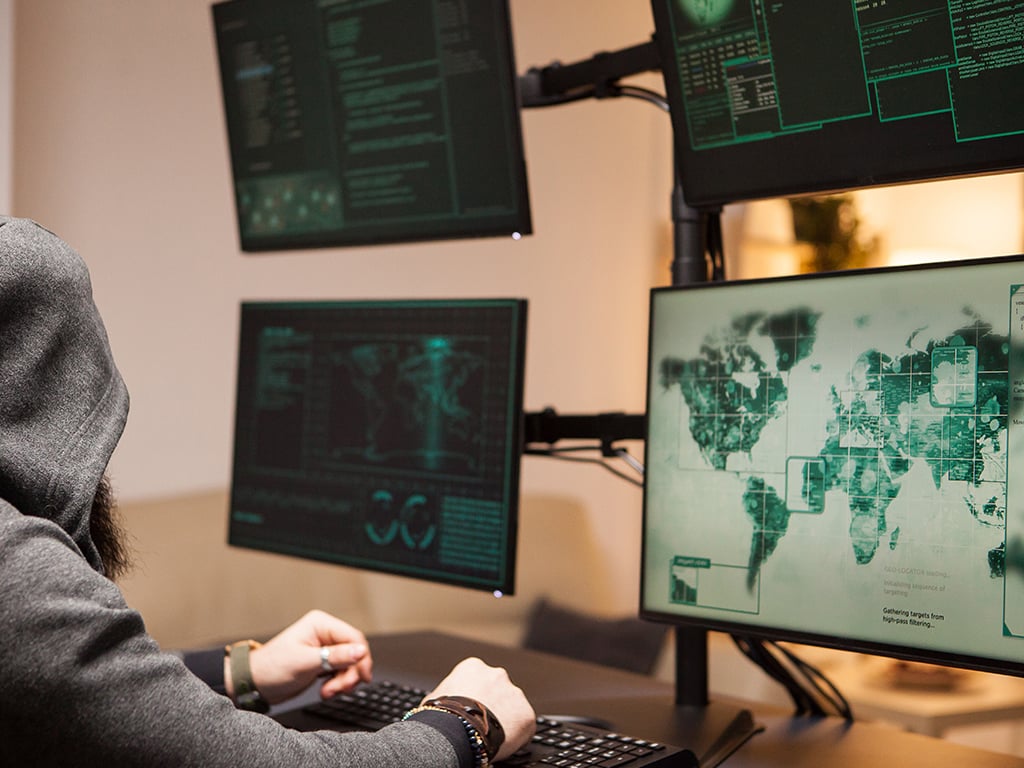The cybersecurity landscape is constantly evolving, and security operations centers (SOCs) are feeling the pressure to stay ahead of increasingly sophisticated attackers. Numerous SOCs struggle to keep pace with the volume of security threats, and they only continue to grow. According to a recent report, 71% of SOC practitioners are worried about missing real attacks buried under an immense number of alerts. This goes to show that the tools designed to help and detect these threats, may sometimes overwhelm them instead.
While the introduction of AI-powered solutions has sparked optimism in some circles, many security professionals are still stuck grappling with tool overload, alert fatigue, and vendor distrust. So, what can be done to reduce the burden and ensure teams are focusing on real attacks rather than getting lost in the noise?
SOC’s biggest challenges – too many tools, too little time
SOCs today face a major dilemma: more tools do not necessarily mean better security. It is reported that 71% of SOC teams have more than 10 tools in place, while 45% rely on over 20 tools for threat detection and response. Despite this, many feel that their security posture has not improved proportionally.
The primary problem is not necessarily the quantity of tools, but rather the disjointed nature of these solutions. Many of these tools operate in silos, requiring SOC teams to spend valuable time jumping between interfaces and interpreting different data sets. This fragmentation not only increases the workload but also contributes to alert noise—a major source of frustration for professionals. In fact, SOC teams receive an average of 3,832 alerts per day, but understandably, 62% of those alerts are ignored due to sheer volume. Nearly half of SOC practitioners believe that the tools they rely on can actually be more of a hindrance than a help in spotting real attacks.
AI and automation – more than a glimmer of hope
Amid these challenges, many SOC teams are increasingly looking to AI-powered tools for help. In fact, 75% of practitioners say that AI has reduced their workload over the past year, and 89% plan to use more AI tools in the coming year. AI’s potential lies in its ability to cut through the noise by providing an accurate attack signal—helping SOC teams identify and prioritize real attacks. This is particularly important given SOC teams are dealing with thousands of alerts on potential threat events every day.
However, while AI adoption is on the rise, there is still cautious optimism within the industry. Nearly 46% of practitioners worry that adding more AI tools could create more work, highlighting the need for vendors to demonstrate and prove real value. Security professionals do not need more tools; they need better signal – signal that streamlines workflow, rather than complicating it.
Vendor accountability – time for a partnership approach
A significant portion of frustration amongst the SOC is directed at security vendors. Security professionals believe that vendors are not taking enough responsibility for the limitations of their tools. Specifically, 62% of respondents believe vendors flood them with pointless alerts to avoid accountability in the event of a breach, claiming they did their part to detect and alert.
For SOC teams to truly succeed, they need solutions that prioritize attack signal clarity over threat detection quantity. Vendors must step up to the plate and offer tools that focus on delivering meaningful, actionable attack signal intelligence rather than overwhelming teams with excessive alerts. The SOC’s ultimate goal is to see and stop attacks, simply detecting and alerting on thousands of potential threats hinders the goal.
The path forward for SOCs lies in integration and consolidation. Moving away from siloed detection and response tools towards an integrated purpose-built detection and response platform is one approach. Extended detection and response (XDR) solutions, which combine data from various sources into an integrated attack signal, are one way to streamline operations and reduce alert fatigue. Moreover, AI is a critical piece of the puzzle, but it should not be viewed as a silver bullet. Instead, it should be implemented strategically, with a focus on improving SOC efficiency and efficacy. As AI becomes more prevalent, it is essential that SOC teams understand what AI really does, with real metrics that prove what it means to their overarching strategy.
As the threat landscape continues to evolve, SOC teams must learn to navigate its expansion, and demand more accountability from their vendors.
About the Author
 Mark Wojtasiak is Vice President of Research and Strategy at Vectra AI. Mark is passionate about Security Research and Strategy, with 27 years of experience in IT. He can be reached online on LinkedIn, X, and at our company website https://www.vectra.ai/.
Mark Wojtasiak is Vice President of Research and Strategy at Vectra AI. Mark is passionate about Security Research and Strategy, with 27 years of experience in IT. He can be reached online on LinkedIn, X, and at our company website https://www.vectra.ai/.

